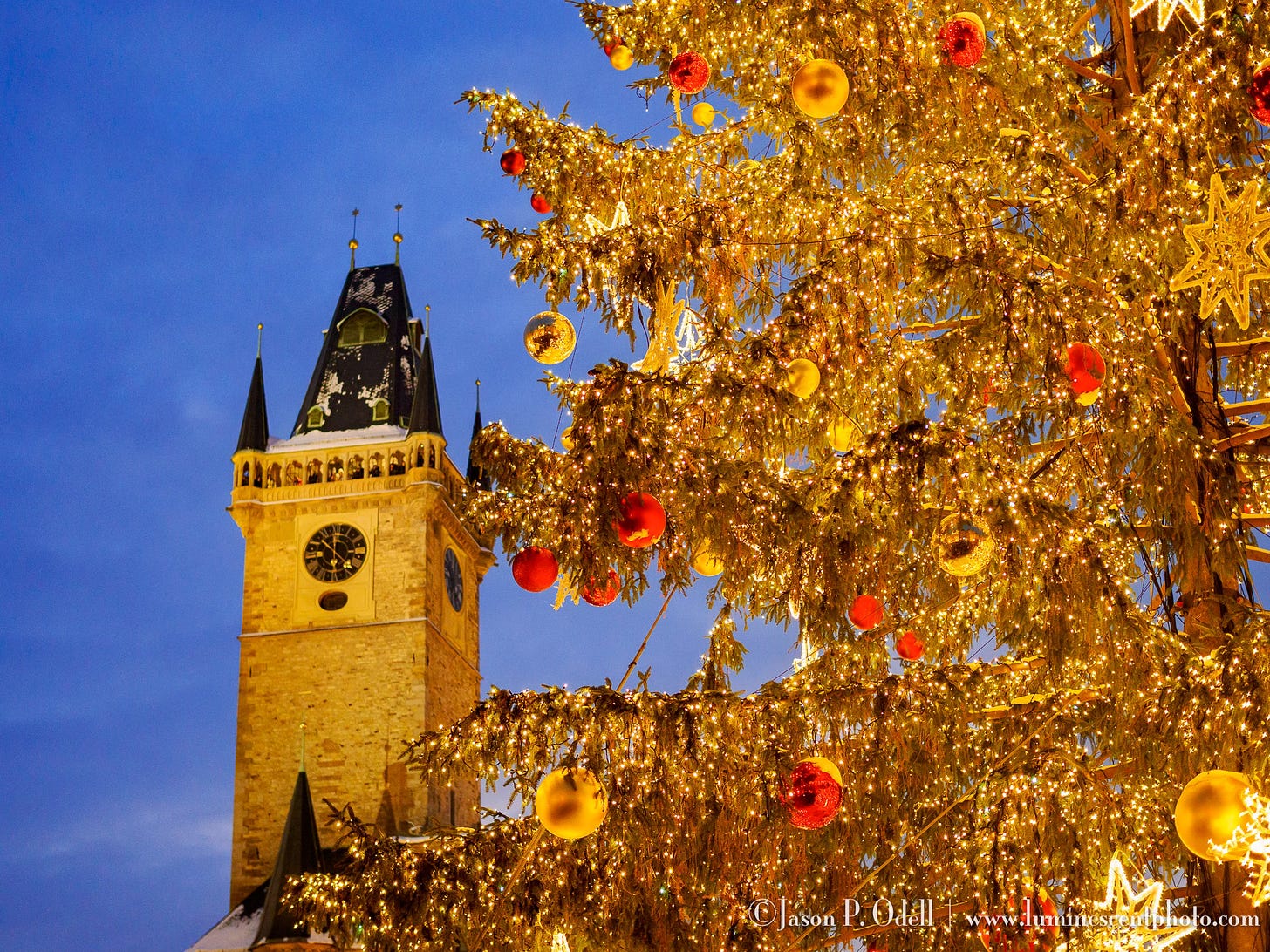You’ve probably heard by now that “Prime Day” is July 8-11 over at the “rainforest” site. I say we celebrate differently. Make it a point to take (and hopefully, share) a photo using a prime lens this week.
What’s a Prime Lens?
In photography, a prime lens simply means one with a fixed focal length. There was a time when camera kits (body + lens) meant getting something like a 50mm prime. Back then, fixed focal length lenses were considered superior to zooms. They were sharper, had fewer optical defects, and were faster (wide maximum apertures). Now, zoom lenses are the go-to for most people, and for good reason. They are very flexible to use in a variety of situations, make composition and framing easier, and modern ones are incredibly good optically.
What if I don’t own a prime lens?
Don’t have a prime? No worries! Simply use your zoom lens and make the conscious decision to stay at one fixed focal length. Tape down the zoom ring with gaffer’s tape if you really want to help curb your temptations for zooming. Stick with it, and don’t be afraid to shoot wide-open! This exercise will help you find which subjects work best at certain focal lengths.
Good focal lengths for prime lenses
There’s obviously many choices for prime lenses, but some of the most popular focal lengths are (in 35mm format):
24mm
35mm
50mm
85mm
105mm
135mm
With wide lenses, you’ll want to really define your subject, and try to frame it well without too many distractions. With longer focal lengths, you’ll be isolating your subject more simply due to the narrow angle of view; perfect for portraits.
Post your photos in a Note
Hopefully, you’ll get a few photos that you like this week, and I’d love to see them! Share them in a Note here on Substack between July 8-11th and be sure to tag me in it! @jasonodell You can also post a photo in the comments on this article.
I will try my best to re-stack your Notes, and thanks again for supporting me here on Substack!





